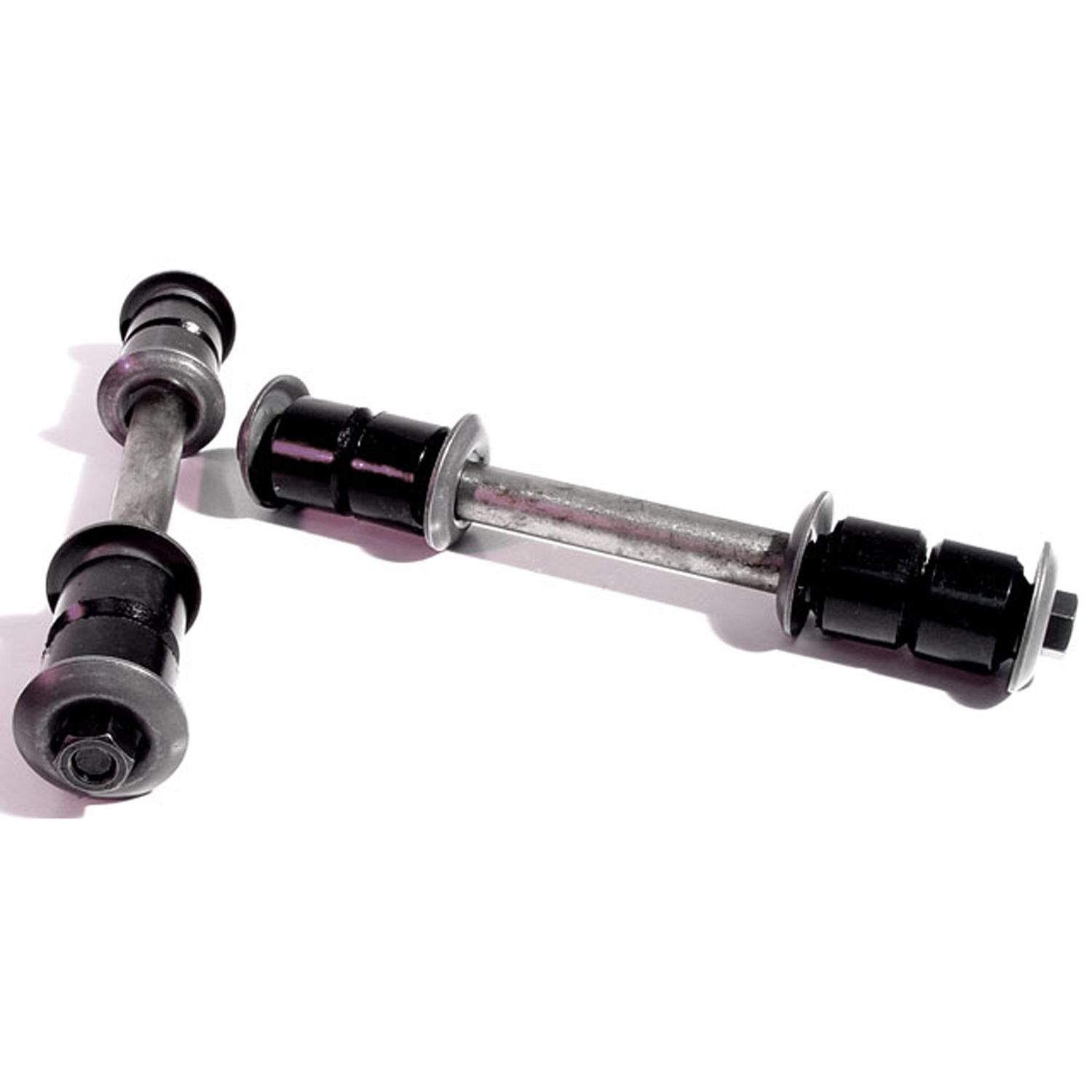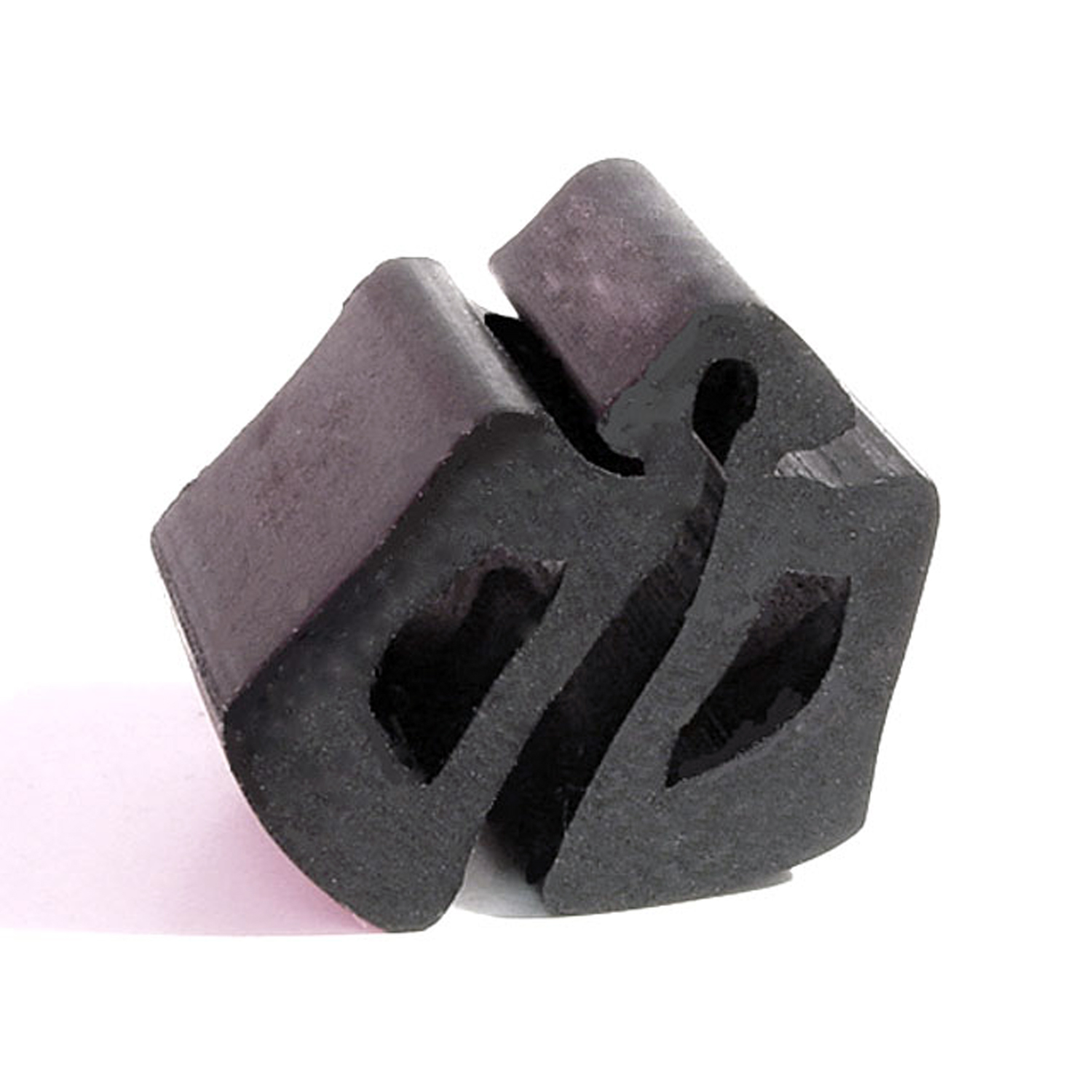Image of 1973 Mercury Colony Park, Note: These illustrations use artistic license and may differ from actual historical models.
Performance Metrics
Fundamental Metrics
Emotional Appeal
MMP Rating
| Engine Specifications | |
|---|---|
| Engine: | 429 CID 4V V-8, 460 CID 4V V-8 |
| Displacement: | 429-460 cu in. |
| Horsepower: | 205-224 hp |
| Torque: | 322-356 lb-ft |
| Compression Ratio: | 8.5:1 |
| Ignition System: | Electronic |
| Cooling System: | Water-cooled |
| Performance Specifications | |
| 0-60 Time: | 10 seconds |
| 1/4 Mile Time: | 17.5 seconds |
| Top Speed: | 115 mph |
| Transmission and Drive | |
| Drive Type: | Rear-wheel drive |
| Transmission Type: | 3-speed automatic |
| Fuel and Efficiency | |
| Fuel System Type: | Carburetor |
| MPG: | 10-12 mpg |
| Dimensions and Brakes | |
| Brakes: | Front disc, rear drum |
| Wheelbase: | 121 inches |
| Weight: | 4,600 lbs |
Note: Specifications for classic cars are given to the best of our ability, considering the limited and variant data available.
Unveiling the 1973 Mercury Colony Park: A Station Wagon of Distinction
The year 1973 marked the introduction of a station wagon that would become emblematic of American automotive luxury and practicality—the Mercury Colony Park. As a flagship model in Mercury's lineup, a division of the Ford Motor Company, this vehicle was designed to offer a blend of comfort, style, and utility. The Colony Park was not just another car; it was a statement on wheels, reflecting the era's family values and road trip culture. Among its many accolades, it is perhaps most notable for its woodgrain side paneling—a feature that became synonymous with upscale station wagons of the time.
Design and Innovation: The Quintessence of '70s Style
The exterior of the 1973 Mercury Colony Park boasted a bold, yet sophisticated presence. Its long body was adorned with simulated woodgrain trim that ran along the sides and around the tailgate, giving it an air of suburban prestige. The front fascia featured a prominent grille flanked by dual headlamps, while the rear displayed distinctive taillights that were a signature of Mercury design. Inside, passengers were greeted with an interior that prioritized comfort and space. The cabin was lined with plush seating surfaces, available in various materials including vinyl and cloth, with optional leather for those seeking extra luxury. Wood accents on the dashboard and door panels complemented the exterior's wood theme. Technologically, the Colony Park was ahead of its time, offering features like power steering and brakes, air conditioning, and an AM/FM stereo system—amenities that were considered premium during that era. Color options ranged from subdued earth tones to more vibrant hues, with Dark Green Metallic and Ginger Bronze being among the popular choices. Buyers could choose between several body styles including a six or nine-passenger configuration, but it was the latter—with its rear-facing third-row seat—that became emblematic of family adventures.
Historical Significance: More Than Just a Mode of Transport
The 1973 Mercury Colony Park played a pivotal role in defining what a luxury station wagon could be. It bridged the gap between functionality and elegance at a time when station wagons were a staple in American driveways. Its design influenced subsequent models across various manufacturers, setting a standard for what family transportation should entail—space without sacrificing sophistication.
Performance and Handling: A Gentle Giant on the Road
Underneath its grand veneer, the Colony Park was powered by robust V8 engines that delivered ample performance for its size. While not built for speed, it offered respectable acceleration for its class with 0-60 mph times that could surprise many sedans of its day. Handling was as expected for a large wagon; it provided a smooth ride quality that absorbed road imperfections with ease. The power-assisted steering contributed to an effortless driving experience despite its considerable dimensions. Drivers often praised the quietness of the cabin and the gentle purr of the engine—a testament to Mercury's attention to detail.
Ownership Experience: Living with an American Icon
Owners of the 1973 Mercury Colony Park typically used their vehicles as daily drivers or for long-distance travel. It excelled as both, providing reliability and ample room for families and their belongings. Maintenance was straightforward due to shared components with other Ford products, making parts relatively easy to find. While fuel efficiency wasn't its strong suit—given its size and engine displacement—owners accepted this trade-off for the benefits it provided in comfort and utility.
Fun Facts: The Colony Park's Place in Pop Culture
The 1973 Mercury Colony Park has had its share of spotlight moments—from gracing television screens to being owned by celebrities who appreciated its blend of practicality and luxury. It held no speed records but carved out a niche as one of America's quintessential family wagons. Critics often pointed out its thirst for fuel and sheer size as drawbacks; however, these aspects were also part of what made it so endearing to fans.
Collector's Information: A Cherished Classic
Today, collectors value the 1973 Mercury Colony Park for its nostalgia factor and representation of '70s automotive culture. While production numbers weren't low—with tens of thousands manufactured—finding one in pristine condition can be challenging. Values vary widely based on condition, mileage, and originality but expect to see prices ranging from $10,000 for well-used examples up to $30,000 or more for show-quality wagons. As interest in classic station wagons grows, values are appreciating slowly but steadily.
Conclusion: The Legacy Lives On
The 1973 Mercury Colony Park stands as a testament to an era when station wagons were more than just vehicles; they were an integral part of American life. Its combination of luxury features, spacious interiors, and distinctive styling has cemented its place in automotive history as one of the most iconic station wagons ever produced.
1973 Mercury Colony Park Catalog of Parts
 1973 Mercury Colony Park Front Stabilizer End Repair Kit-BNK 21Front Stabilizer End Repair Kit. 22-piece set for two stabilizer bars. Contains all rubber bushings, washers, bolts and nuts, enough for one front end. Set
1973 Mercury Colony Park Front Stabilizer End Repair Kit-BNK 21Front Stabilizer End Repair Kit. 22-piece set for two stabilizer bars. Contains all rubber bushings, washers, bolts and nuts, enough for one front end. Set 1973 Mercury Colony Park Hood Bumper. Each-HF 2Hood Bumper. Each
1973 Mercury Colony Park Hood Bumper. Each-HF 2Hood Bumper. Each 1973 Mercury Colony Park Windshield Reveal Molding Clip. Made of steel. Each-WF 228-AWindshield Reveal Molding Clip. Made of steel. Each
1973 Mercury Colony Park Windshield Reveal Molding Clip. Made of steel. Each-WF 228-AWindshield Reveal Molding Clip. Made of steel. EachWhy Choose Metro?
For over 100 years, Metro Moulded Parts has been the pinnacle of quality in classic car restoration parts. Our commitment to precision and authenticity in every component ensures a perfect fit and an OEM-level appearance.
- Expert Craftsmanship & Quality: Each part is a testament to our dedication to reliability and perfection, crafted from original designs and thoroughly tested.
- Advanced Technology: We use cutting-edge techniques to create flawless, long-lasting parts that surpass others in performance.
- SuperSoft Sponge – The Ultimate Door Seal: Not only are our door seals 30% softer than competitors', but they're also guaranteed to never leak. They effectively reduce wind and road noise, enhancing your classic car's comfort and driving experience.
- Proudly American: Our parts are a product of American craftsmanship, made in the USA with a spirit of excellence and heritage.
- Unrivaled Warranty: We back our products with a 30-year industry-leading warranty, a testament to our confidence in their quality.
Join us in preserving the legacy of classic cars with parts that are crafted for perfection, not just made.

